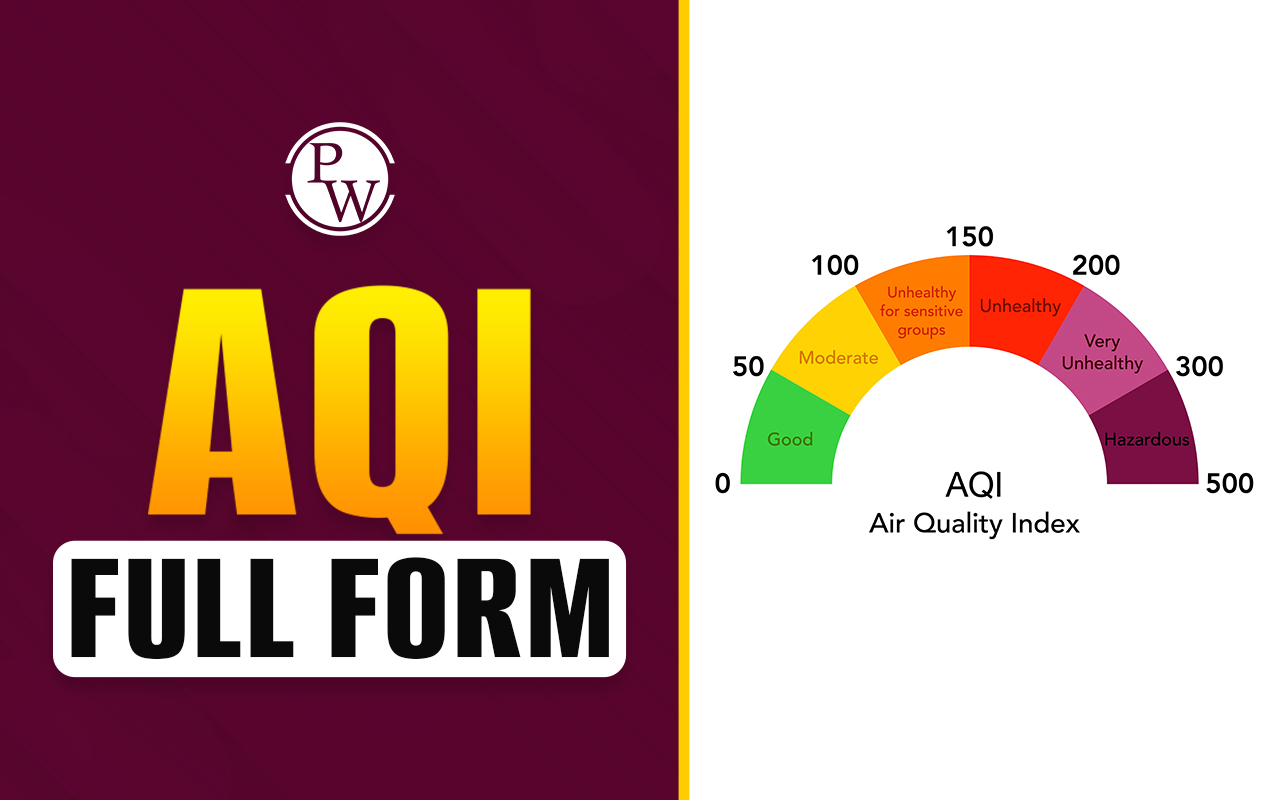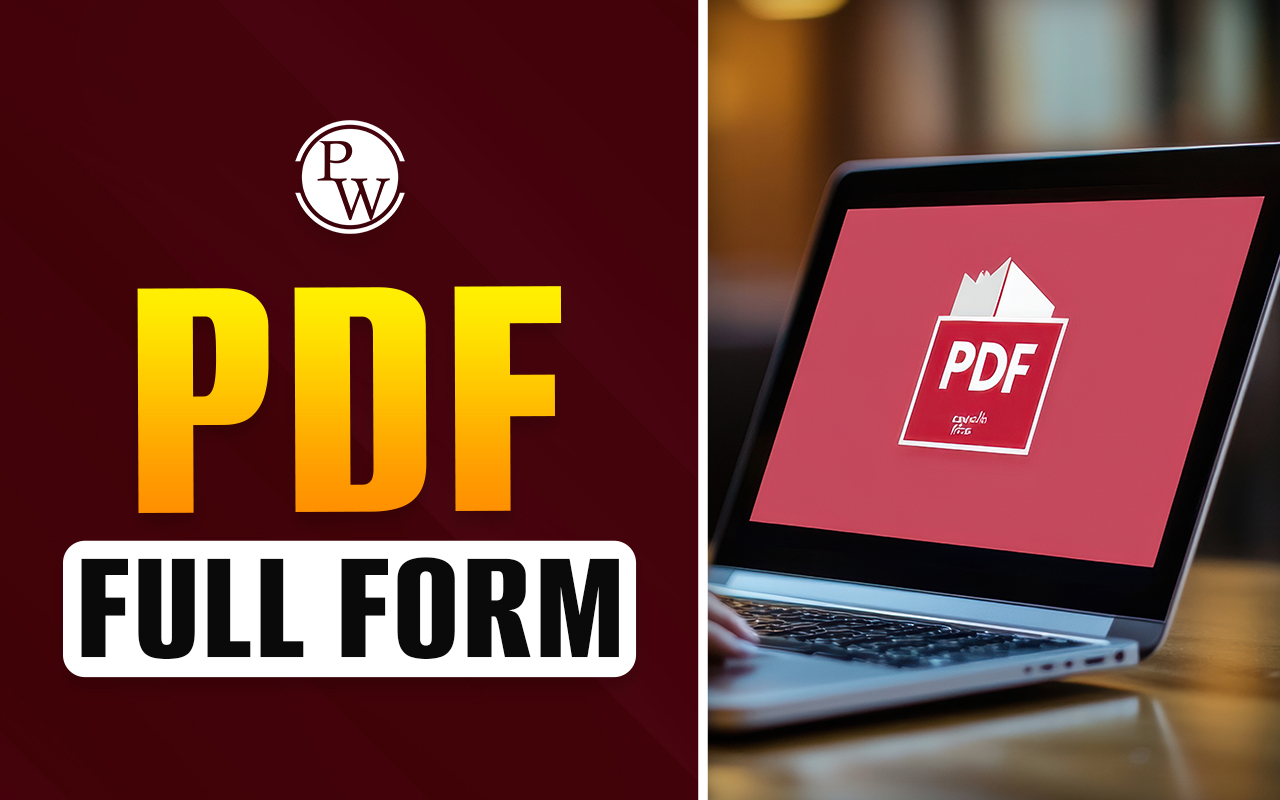
PDF Full Form is "Portable Document Format". This file type maintains your document's aesthetics the same on all devices. Used extensively to save, share, and print digital files, from text to pictures with the layout, PDF is a file type that keeps documents unchanged from a device perspective. PDF files are very easy to share, print, and view by using a PDF reader. Used for notes, forms, books, and official documents.
PDF Full Form in Computer
In the world of computers, the PDF Full Form is essential for both students and working professionals.
-
P stands for Portable
-
D stands for Document
-
F stands for Format
PDF, meaning is Portable Document Format, is used to present documents consistently across devices.
Saving a document to a PDF format means that no matter what device you use or which application, it will always be layout-dependent, and fonts will never change. It is an apparent and concrete layout file format. PDF files can be viewed on computers, tablets, and mobiles.
Features of PDF
The main purpose of this defining format was to facilitate simple distribution and printing of documents without alterations to their layout, fonts, images, and text. PDFs, therefore, turned out to be by far the most effective means of electronically sending documents since no matter what computer, screen, or operating system you send a PDF file through, its appearance never changes. Some attractive features these days for any kind of document service are packed into PDF.
-
Fixed Layout: No change in layout occurs in the view of every PDF user; it is a fixed-page format.
-
Support for Text and Images: All types of data are well accommodated: texts, photographs, print graphics, tables, and possibly hyperlinks.
-
Security: Privacy can be maintained with password protection or the encryption of PDF files.
-
Compression: Compression can be achieved with the PDF files without losing quality, thus providing an advantage for sharing.
-
Cross-Platform: Can be opened and viewed from anywhere by the viewer with appropriate software for a PDF reader.
-
Modern Interactivity: Current forms of PDFs can integrate buttons, forms, digital signatures, embedding of videos, and audio, all of which are fully interactive.
-
Read Only: Generally used to share files so they cannot be edited or altered.
Uses of PDF
PDF files exist almost everywhere for their flexibility and convenience. Here are examples of common uses of PDF:
-
E-Books: Most e-books and instructional documents are shared in PDF format.
-
Assignment & Study Material: Notes, Assignments, and project files are mostly in PDF and are used by teachers and students.
-
Official Documents: Enhanced by keeping documents such as certificates, application forms, invoices, and contracts in PDF format.
-
Business Communication: Reports, payslips, brochures, and circulars are usually sent as PDFs by organizations.
-
Materials for Printing: Most flyers, posters, advertisements, and templates are usually exchanged as PDFs.
-
Online Forms: Fillable PDFs are widely used to allow easy data entry in many government as well as private forms.
What Is a PDF Reader?
A PDF reader is a computer software program capable of opening and displaying PDF documents, having some editing tools. PDF files cannot be opened in the expected way of viewing without an installed PDF reader.
Other Most Popular PDF Readers Are:
-
Adobe Acrobat Reader: As it is one of the most famous free readers, it is made by Adobe and supports all features of PDFs.
-
Foxit Reader: Very light and fast; also allows basic editing.
-
SumatraPDF: Basic, free, and probably best for fast reading.
-
Browser PDF Viewers: Most modern browsers, like Chrome, Edge, or Firefox, come with a built-in PDF reader.
Main Functions of PDF Reader
-
Open and read PDF documents.
-
Searches for text and words inside the document.
-
Zoom in/out and rotate pages.
-
Print PDF files easily.
-
Fill in interactive forms and add comments (for advanced readers).
-
Save, download, or export as different file types.
What Made PDF Popular?
Popularity gained by PDF because it provided solutions to those two big interfacing problems, document format, and compatibility. This is, however, an amazing level of precision and security in that a computer file prints equally from a Windows PC and misaligns on an iMac or misaligns on an iPhone. This is exactly the reason why PDF became the number one choice when sharing any important files.
PDF (Portable Document Format) is the universal file format that keeps a document safe, secure, and the same for every user. PDF not only spans from notes and books to forms and official documents, but has also been trusted for sharing and printing documents across the globe. For viewing or opening this file type in any apparatus, a PDF reader makes it accessible to students, teachers, and professionals, thus making it an effortless mode of working, studying, and communicating.
PDF Full Form FAQs
What is the full form of PDF?
Who developed PDF?
What is PDF full form in computer language?
Why is PDF used?
Can text and images be added to a PDF file?










